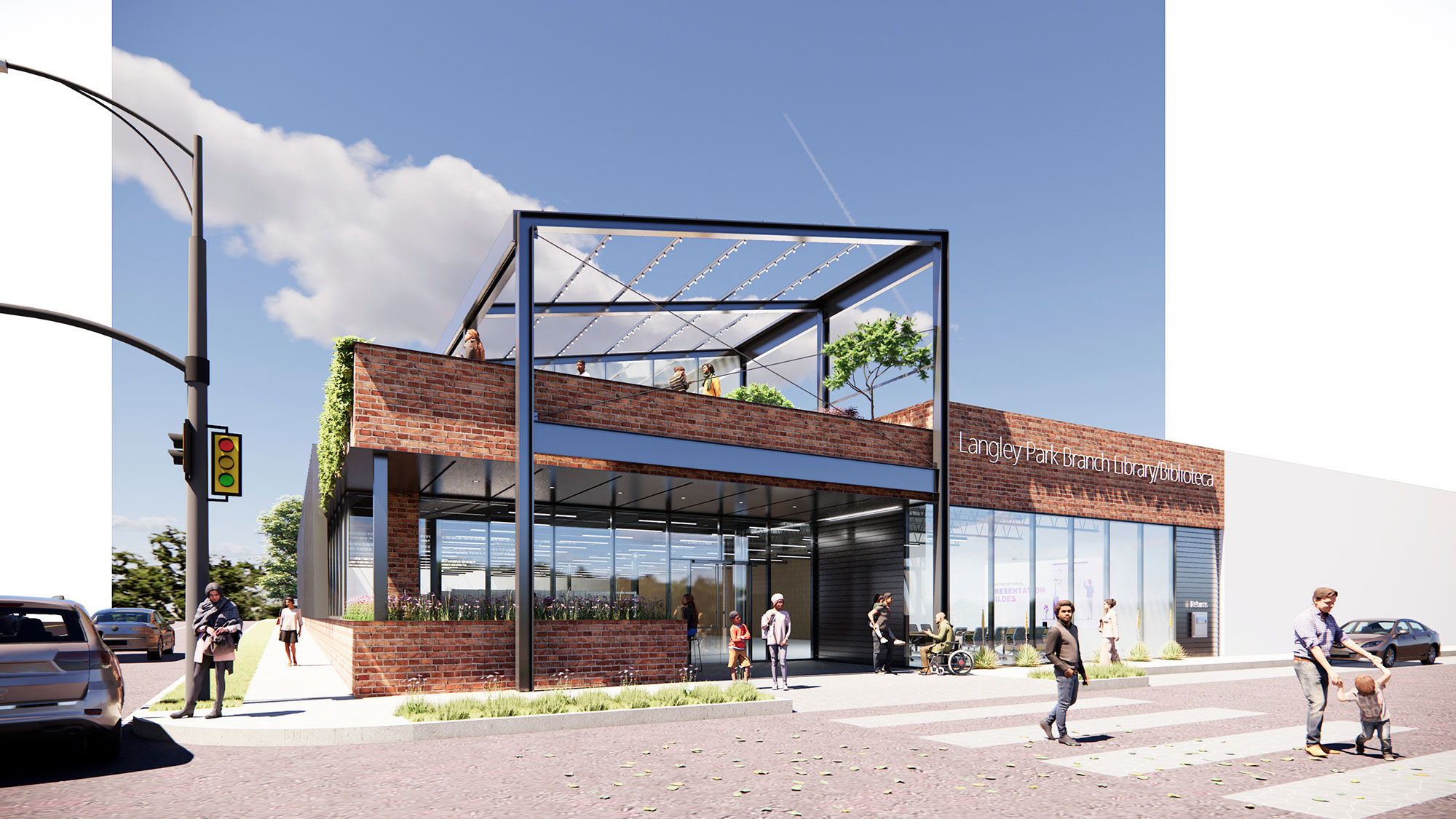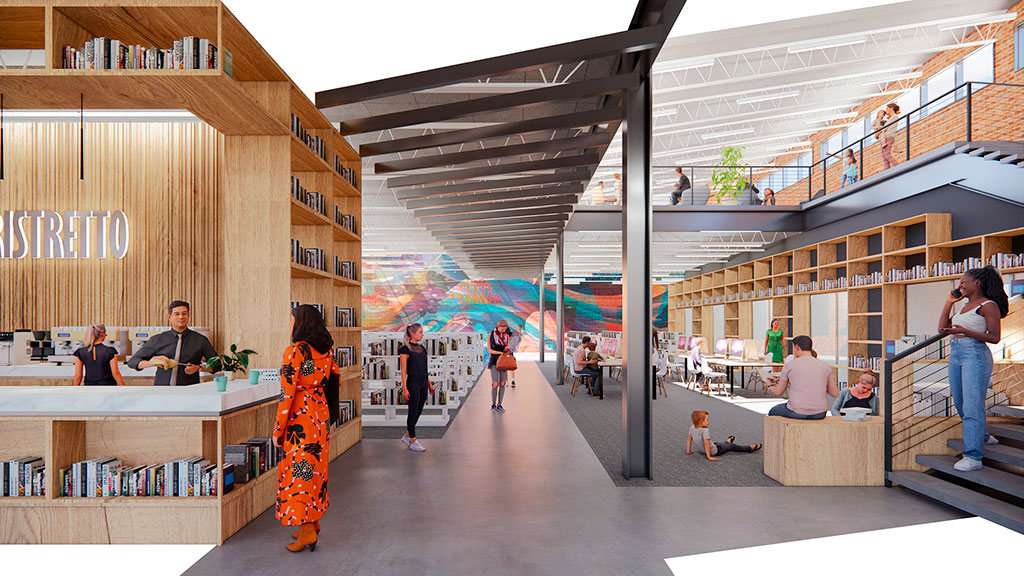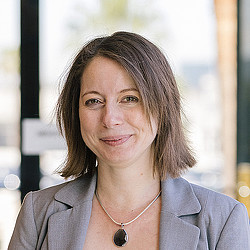Getting to the ‘S’ and the ‘G’ in ESG Through Design
February 02, 2023 | By Stacey Olson
The world has rapidly embraced the ‘E’ in corporate ESG (Environmental, Social, and Governance) goals. Ten years ago, few organizations understood the concept of measuring operational carbon. Even five years ago, few organizations understood what embodied carbon meant. This was despite data consistently showing the built environment is responsible for 40% of the total energy demand and 33% of the world’s greenhouse gas emissions. Fast-forward to today’s business-as-usual: from Fortune 500 companies to small boutique retail organizations, our clients are demonstrating their knowledge of whole-life carbon and are seeking the support of professionals across the AEC industry and the supply chain to collaborate on solutions that lower their total impact.
As designers, we know how to measure carbon. We have a laundry list of strategies not only for reducing it but for getting beyond a zero footprint. We also understand the evolving climate and changing weather patterns. The market is bursting with analytical tools, computation design programs, and publicly available datasets, which we incorporate into our design processes to create a resilient future. In other words, the ‘E’ in ESG is well understood and we’re seeing the impact take shape in the built environment.
Designing for the ‘S’ and the ‘G’ is often more challenging to understand if we consider a building or a project in its individual context. However, we innately know the direct correlation between the built environment and the impact on society when we think about it at scale. According to Reuters, the social component of ESG includes all aspects of how a company interacts with its employees and the communities in which it operates. This could be everything related to a company’s policies for employment to how they source their material streams. If we consider the even-broader implication: it extends to the company’s impact on the community based on its presence. This is measurable, both qualitatively and quantitatively.
Regarding the ‘G’: Deutsche Bank describes the Governance category as the way corporations interact with their stakeholders, suppliers, shareholders, and competitors; and cautions that governance continues to be redefined in the balancing act between stakeholder interest and the larger social and environmental impacts driven by the community. This goes beyond reporting and transparency to include how a corporation’s actions influence the world in which it works.
South Los Angeles: A Microcosm for S & G Thinking
Let’s examine South Los Angeles as a microcosm. The demographics of South LA are grim: it has the highest poverty rate in the city, the highest percentage of people without a high school diploma. South Los Angelinos have poorer health as compared to neighboring LA cities. They suffer from food insecurity, and lack access to medical care, mass transit, and professional employment centers. Meanwhile, residents are exposed to increased instances of heavy pollution, suffer from a homelessness epidemic, and are plagued by crime, including a rampant illegal drug market.
How might a company developing a project in LA leverage S & G thinking to create co-benefits, or benefits that expand beyond the project, to positively impact South LA? It’s all about ESG by design.
Of the many issues plaguing South Los Angeles, the homeless epidemic is a critical onion to peel. In 2020, 41,290 people living in Los Angeles were homeless. They represented 62% of the total homeless population within the greater Los Angeles County. Meanwhile, South Los Angelinos represent 39% of the county’s total population. There are over half a dozen shelters in the vicinity of South Los Angeles, and 3,000 shelters within the greater city. Many of these shelters are underutilized, and recent investigation by KPCC identified significant livability concerns, while reporting by Rina Palta at LAist found that more than 16,000 beds were vacant in 2018.
At Gensler, we take these problems seriously, and leverage an ESG strategy to design for quantifiable benefits within the community. For example, Gensler’s Hetal Shah, urban planner and designer, leads a collaborative pro-bono effort with United Way, a nonprofit that supports community solutions that address prosperity gaps. The project involves physical improvements to 10 Interim Homeless shelters in Los Angeles. Shah uses Trauma Informed Design Principles (TiD) to filter design strategy through the overlapping lenses of psychology, neuroscience, physiology, and cultural factors. By renovating existing shelter units such that they provide an enhanced level of privacy while fostering a renewed sense of pride, these enhancements deliver more than the essential tools the homeless need. The experience fosters a feeling of comfort and humanity and allows the person to make full and complete use of the shelter and the social services it provides. This enables shelter users the capacity to access the underutilized services already funded and available, including job placement, nutrition, and mental health support.

Gensler’s Public Engagement Lab: Expanding Our Community Outreach Capabilities
As the conversation around the ‘S’ and ‘G’ continue to evolve, we are constantly curious in our exploration of how Gensler can be intentional in our project processes and outcomes. Our goal is to consider a wider realm of opportunities for impact at scale. We’ve invested in a Public Engagement Lab, which expands our community outreach capabilities. By using the macro scale and our propriety Urgency Index to understand the specific needs of the community, we can leverage our computational analytics and team of strategists to inform planning efforts that target city resources where they are needed. Informed neighborhood vision planning and master planning efforts are designed through a comprehensive understanding of the specific community needs and growth opportunities within the local context.
We recently completed the Enoch Pratt Free Library Facilities Masterplan in Baltimore using the Urgency Index, which realizes a scalable growth strategy. Similarly, we’ve implemented the same approach across the country, including in Prince George's County, and in San Francisco, having a significant impact on within the public sector. Strategic planning extends beyond the practice area. For mixed use projects, for example, our strategy team has been supporting developers and owners with a community benefits alignment program that creates intentional equity strategies for a positive impact in the community — such as workforce development, Minority and Women-Owned Business Enterprise (M/WBE) engagement, public outreach, history, arts, and culture initiatives. This range of explorations skins the surface of what is possible when we put a focus on equity in our work.
This is designing for the ‘S’ and fueling the impact of the corporate ‘G’ to realize positive, measurable outcomes in the community.
For media inquiries, email .

